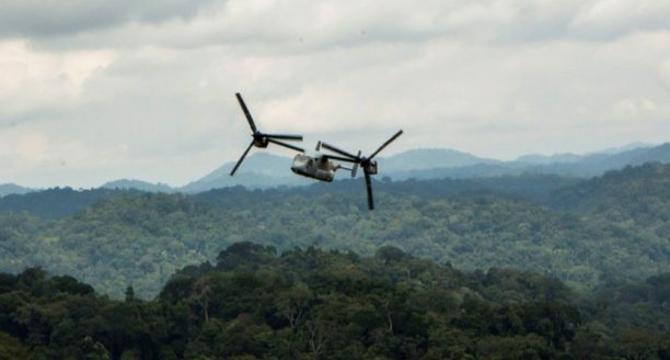Dronelife
1M
188

Image Credit: Dronelife
$150 Billion Defense Reconciliation Bill Signals Major Boost for Uncrewed Systems and Drones
- A $150 billion defense reconciliation bill emphasizes investments in drone technology and uncrewed systems, particularly in the Indo-Pacific region.
- The bill allocates funds for expanding attack UAS industrial bases, advanced autonomy, small UAS, counter-UAS systems, credit subsidies for defense projects, and more.
- The directive by Defense Secretary mandates Army divisions to have unmanned systems by 2026, focusing on drone modernization for enhanced capabilities.
- Counter-drone systems integration and divesting outdated UAVs are part of the modernization efforts influenced by the evolving threat landscape.
- The bill's emphasis on counter-UAS technology aligns with the increasing drone threats in modern warfare, addressing concerns at military installations.
- The U.S. approach contrasts with China's deployment of commercial-grade small drones, focusing on a comprehensive defense posture with advanced technologies.
- The $150 billion proposal aims at restoring America's military capabilities, with some Democrats criticizing the process and advocating for traditional authorization approaches.
- The bill's substantial credit subsidies offer significant opportunities for drone manufacturers, sustaining innovation in the drone industry amid funding challenges.
- The defense modernization efforts include strategies for military optimization and workforce shifts, paving the way for next-generation technologies in the drone sector.
- The surge in government investment complements the private drone sector, driving innovation that is likely to transition from defense to commercial markets rapidly.
Read Full Article
11 Likes
For uninterrupted reading, download the app